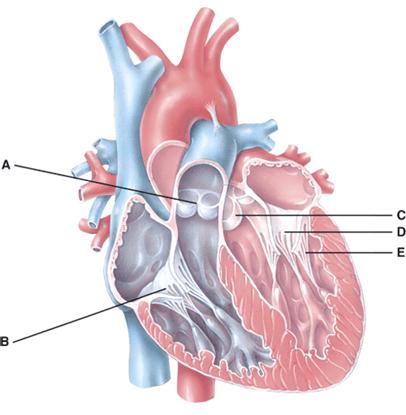Chapter 17: Function Of The Heart
- AP Biology
- MCAT
2.
You may optionally provide this to label your report, leaderboard, or certificate.
×
Thank you for your feedback!
















